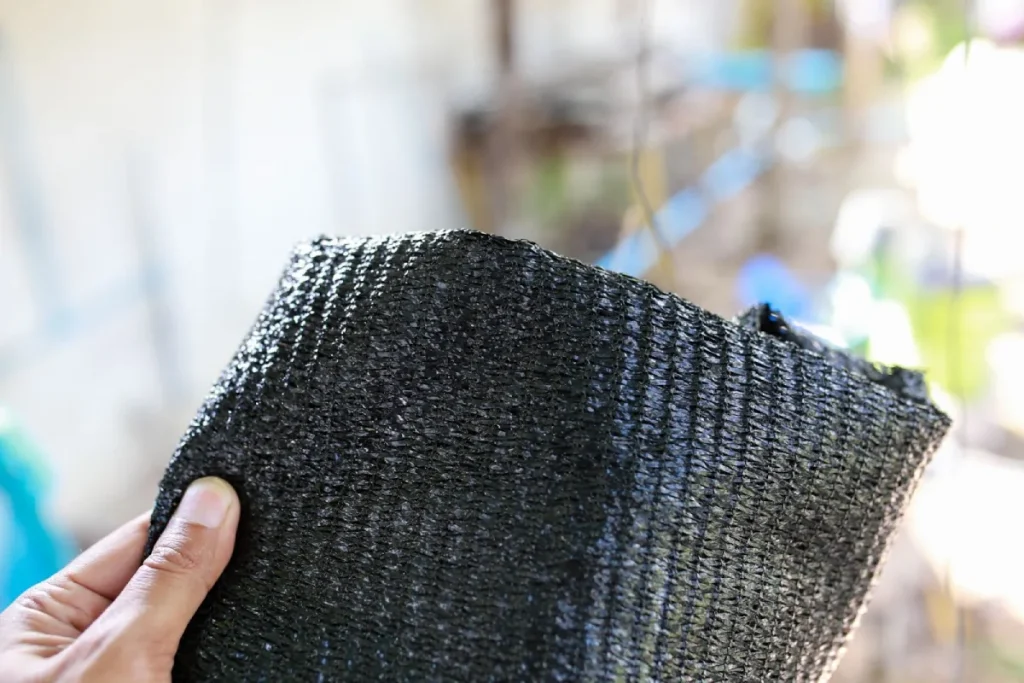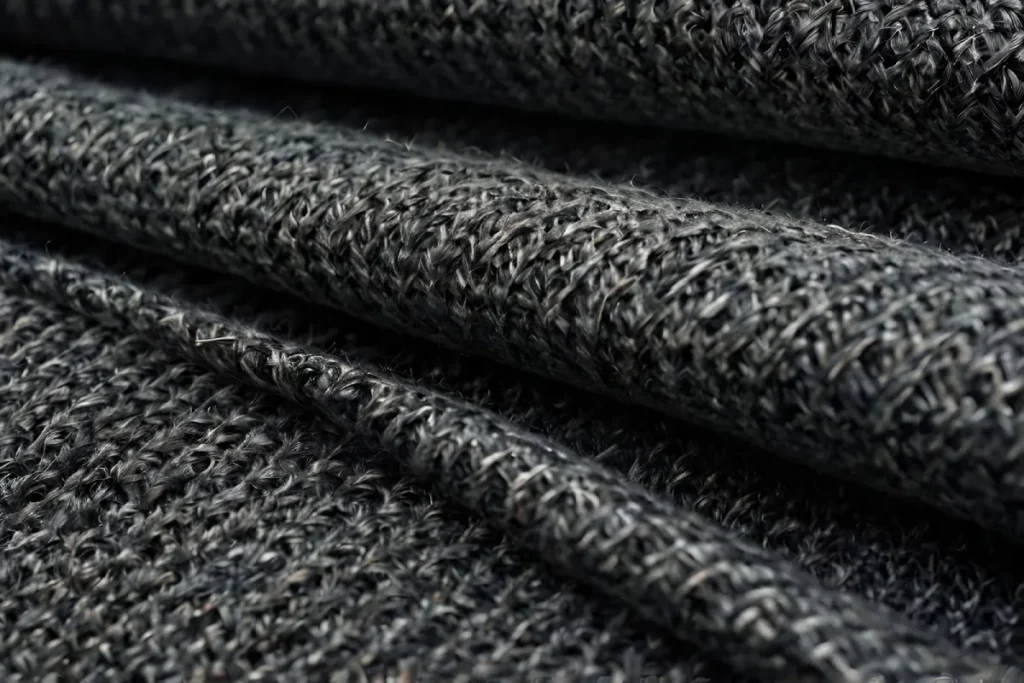Woven polypropylene geotextile fabric is a strong, durable, and versatile material made from polypropylene threads woven together to form a stable fabric structure. It’s commonly used in construction, roadworks, drainage, and landscaping to strengthen soil, control erosion, and improve stability. In simple terms, this fabric acts as a support system beneath the ground, helping keep soil layers in place while allowing water to flow through. For the core raw material, you can explore our general PP FABRIC product page.

High-grade woven polypropylene material, customizable density and UV resistance for industrial applications.
See Material SpecificationsThis article explains what woven polypropylene geotextile fabric is, how it works, and why it’s so important in modern engineering projects.

Before diving deeper, it helps to understand what geotextile fabric is. In civil engineering, geotextiles are synthetic fabrics designed to improve soil behavior. They are mainly made from polypropylene (PP) or polyester (PET) and are used for separation, filtration, reinforcement, and drainage.
There are two main types of polypropylene geotextile fabric: woven and non-woven polypropylene geotextile fabric.
Both play essential roles in construction, but woven fabrics are preferred for projects that need strength and long-term soil stability.

Woven polypropylene geotextile fabric stands out for its high strength-to-weight ratio, low permeability, and UV resistance. The woven design forms a grid-like pattern that provides excellent load distribution and soil stabilization. This makes it ideal for road foundations, retaining walls, railways, embankments, and erosion control.
Because it’s made from polypropylene, this type of geotextile fabric is lightweight, resistant to chemicals and biological agents, and can last for years even in harsh outdoor conditions.
Here are some common applications and advantages of woven polypropylene geotextile:
In short, woven polypropylene geotextile fabric helps extend the life of infrastructure by improving the performance and stability of the soil it supports.
The quality of geotextile fabric directly affects its performance. Reliable manufacturers like XIFA Group follow strict ISO9001 and BRCGS quality standards to ensure consistent product strength and durability. Their production facilities use advanced extrusion, weaving, and testing technologies to maintain uniformity and performance across every batch.
At XIFA Group, each woven PP fabric is designed for long-term use and can be customized for specific applications, from lightweight landscaping fabric to heavy-duty construction reinforcement. For example, similar high-strength materials are used in products like the specialized 20kg NON WOVEN PP BAG. If you need to understand general woven material manufacturing, consult our guide: The Difference Between PP Bag Manufacturing Process: Spunbond and Meltblown.
Woven polypropylene geotextile fabric is a vital material in modern civil engineering, providing strength, stability, and long-term protection for soil-based structures. Whether used in highways, drainage systems, or erosion control projects, it delivers performance and reliability that professionals depend on. To ensure correct usage in the field, it’s helpful to review resources like Best Practices for Transporting Bulk Gravel Bags on Construction Sites.
To explore durable and customizable woven polypropylene geotextile fabric, visit XIFA Group, your trusted global packaging and materials manufacturer.
1.What is geotextile fabric used for?
It’s used in construction, roadwork, and landscaping to separate, filter, drain, and reinforce soil.
2.Is woven polypropylene geotextile waterproof?
Not fully—it’s water-permeable, allowing water to pass while retaining soil particles.
3.What’s the difference between woven and non-woven polypropylene geotextile?
Woven geotextile provides strength and stabilization; non-woven geotextile is better for filtration and drainage.




